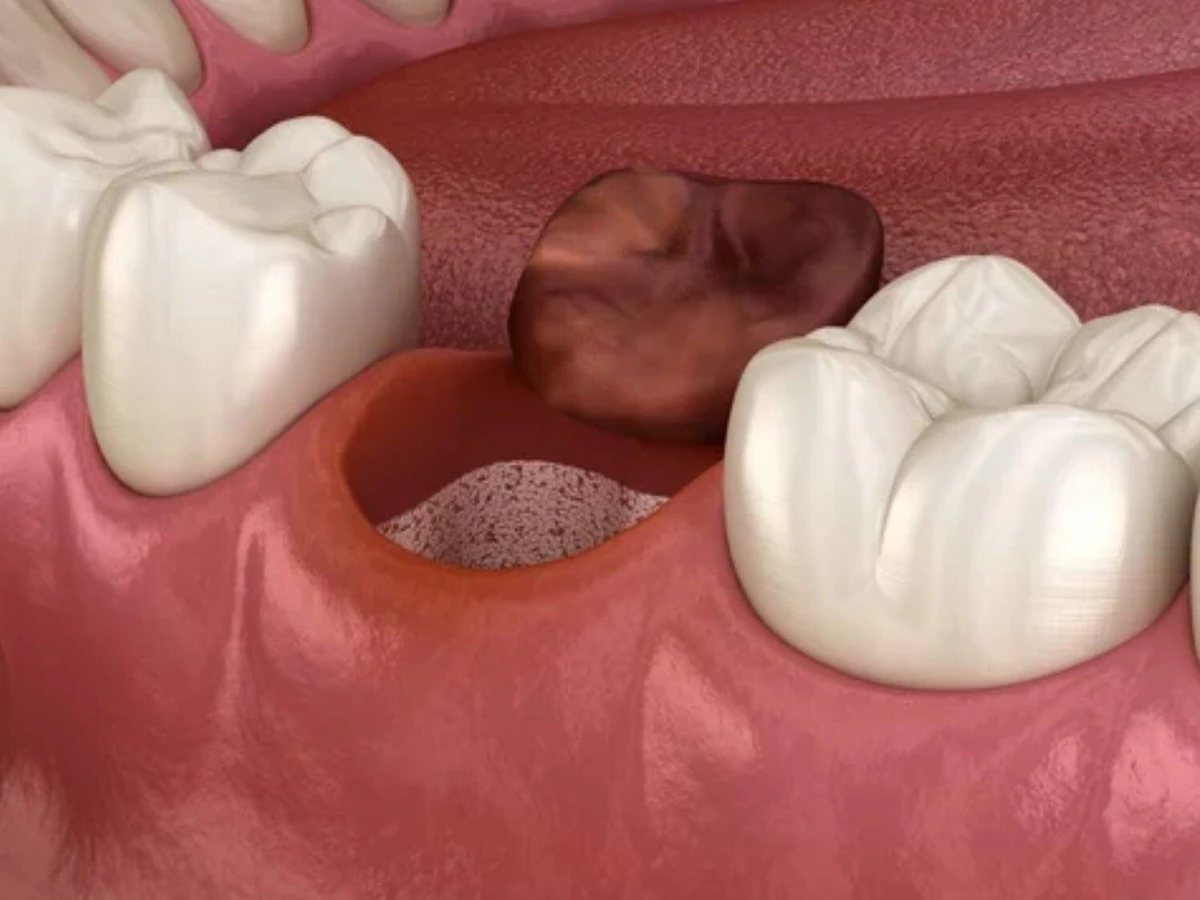The experience of having a tooth extracted can be a painful and stressful procedure. One of the problems that could arise following an extraction is a condition known as dry socket. Dry socket, which is also known as alveolar osteitis, happens due to the fact that the blood clot that develops within the area of extraction gets broken or dissolves prematurely. The condition can cause extreme discomfort and can delay recovery. Naturally, patients will be wondering when they’ll be able to quit worrying about the dangers of developing a dry socket.
What Causes a Dry Socket?
Dry socket or alveolar osteoporosis, is a condition that may be experienced following a tooth extraction. It occurs because the blood clot that usually forms in the area of extraction either gets dislodged or dissolves too quickly leaving the bones and nerves vulnerable. The condition is quite uncomfortable and could slow the healing process.
There are a variety of factors that can lead to the formation of dry sockets. One of the main causes is trauma or disruption of the extraction site that can be caused by different reasons, such as excessive spitting, rinsing, and using straws during the post-operative phase immediately following surgery. Smoking cigarettes, and smoking tobacco products, may increase the chance of developing dry sockets because of the heat and chemicals generated through smoking.
Certain factors in particular can influence the possibility of developing a dry socket. For example, individuals with a history of dry sockets before or with poor oral hygiene habits may be more prone.
Timeline for dry socket and provide some guidance on when it is safe to put your worries to rest:
Immediately After the Extraction
After the extraction of a tooth, It is essential to follow the instructions post-operatively given by the dentist or oral surgeon. It is generally recommended to avoid the vigorous washing of your mouth, spitting or drinking with straws as these actions can slough off the blood clot. In addition, keeping to soft food and maintaining a healthy dental hygiene through gentle brushing, and abstaining from smoking cigarettes or smoking tobacco will aid in healing and lower the risk of a dry socket.
First 24 to 72 Hours
Initial 24 – 72 hours following the extraction of teeth are most important in terms of preventing dry sockets. In this period the blood clot develops and shields the site of extraction which allows recovery to commence. It is vital to be careful during this time and avoid activities that can cause disruption to the blood clot. This means abstaining from vigorous exercise, vigorous spitting or drinking hot liquids. If you follow the post-operative instructions and observing these steps, you will drastically reduce the likelihood that you will develop dry socket.
Three to Four Days After Extraction
Typically, the chance of developing a dry socket decrease following 3 or 4 days after the extraction of a tooth. It is vital to keep in mind that each person’s healing path will differ, and certain individuals may experience a more prolonged risk. If you’ve completed the three-to four-day threshold without experiencing any significant discomfort or problems It is usually safe to feel more assured that dry sockets are unlikely to occur.
Signs of Healing
As the healing process progresses, you’ll notice changes at the site of extraction. The initial pain and discomfort will diminish gradually and the site will begin to heal by the growth of new tissue. It is possible to experience some irritation or sensitivity for a few days However, it’s a normal aspect of healing. Maintaining a healthy oral hygiene routine by brushing gently and washing with a saltwater solution as suggested by your dentist can assist in healing and reduce the risk of contracting an infection.
When to Seek Professional Help
While the likelihood of having a dry socket decreases dramatically in the initial few days, it’s essential to be attentive and watch for any indications of complications. If you notice severe discomfort, worsening pain, or a smelly or foul, or you notice an empty socket or exposed bone, it’s imperative to seek immediate dental attention. It could be an indication of an existing or developing dry socket. Your dentist can offer the appropriate treatment and ease your anxiety.
Conclusion
The likelihood that you will develop dry socket diminishes within the first 3-4 days after an extraction. By following the post-operative instructions, staying aware of any activities that could alter the blood clot and maintaining a healthy oral hygiene, you’ll reduce the chance of suffering this issue. But, every person’s healing process is different and it is essential to keep an eye on any signs of deterioration or unusuality and seek out professional dental treatment when needed. With the right care and focus, you will be able to put aside any concerns about dry sockets and instead focus on healing.
FAQ’S
Typically, the risk significantly decreases after 3-4 days.
Avoid vigorous rinsing, spitting, and using a straw immediately after the extraction.
The initial discomfort should gradually lessen within a few days, but mild soreness may persist.
It’s best to avoid intense physical activities for a few days to minimize the risk of complications.
Severe, worsening pain and an empty socket with exposed bone may indicate a dry socket. Seek dental care if you experience these symptoms.
Good oral hygiene, including gentle brushing and rinsing with a saltwater solution, aids healing and reduces infection risks.
Here are a few indicators that may suggest the presence of a dry socket:
Severe pain: While some discomfort and mild pain are normal after a tooth extraction, a dry socket is often associated with intense and throbbing pain that may radiate to the ear, temple, or neck. The pain may not be relieved by over-the-counter pain medications.
Delayed onset: If the pain significantly worsens or starts 2-4 days after the extraction, it could be a sign of a dry socket. Normal post-extraction pain usually improves within the first few days.
Empty socket: In a dry socket, the blood clot that forms in the extraction site may be dislodged or dissolve prematurely. As a result, you may notice an empty-looking socket with exposed bone.
Foul odor or taste: A dry socket may cause bad breath or a foul taste in the mouth due to the exposed bone and possible infection.
Read more at Catchy Hints




